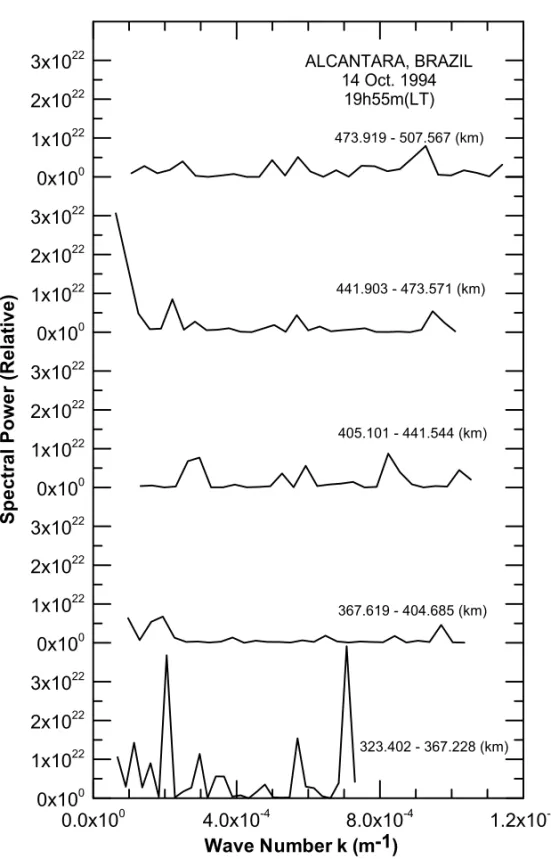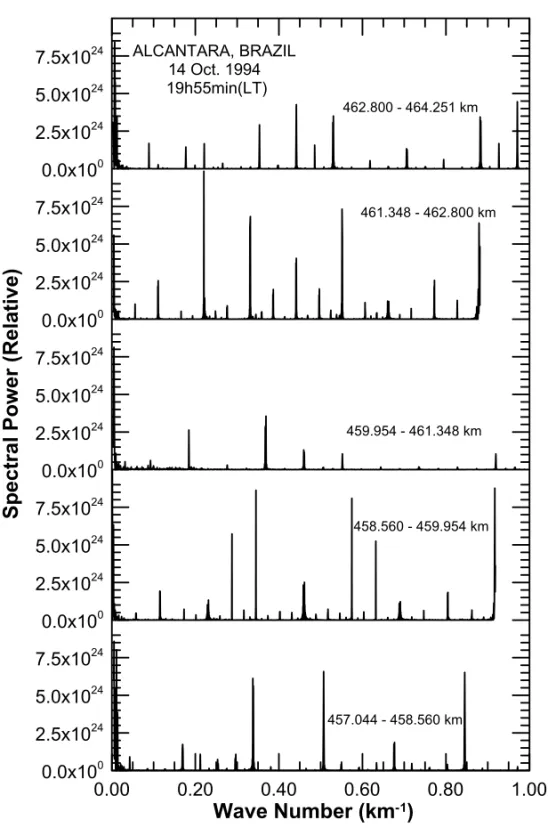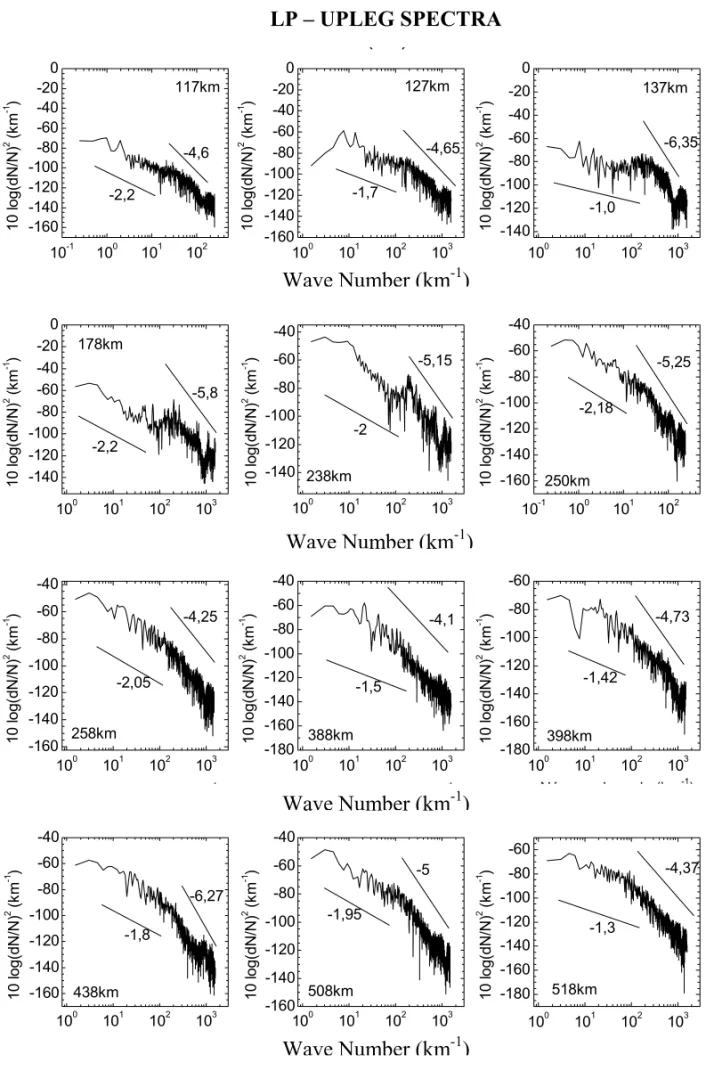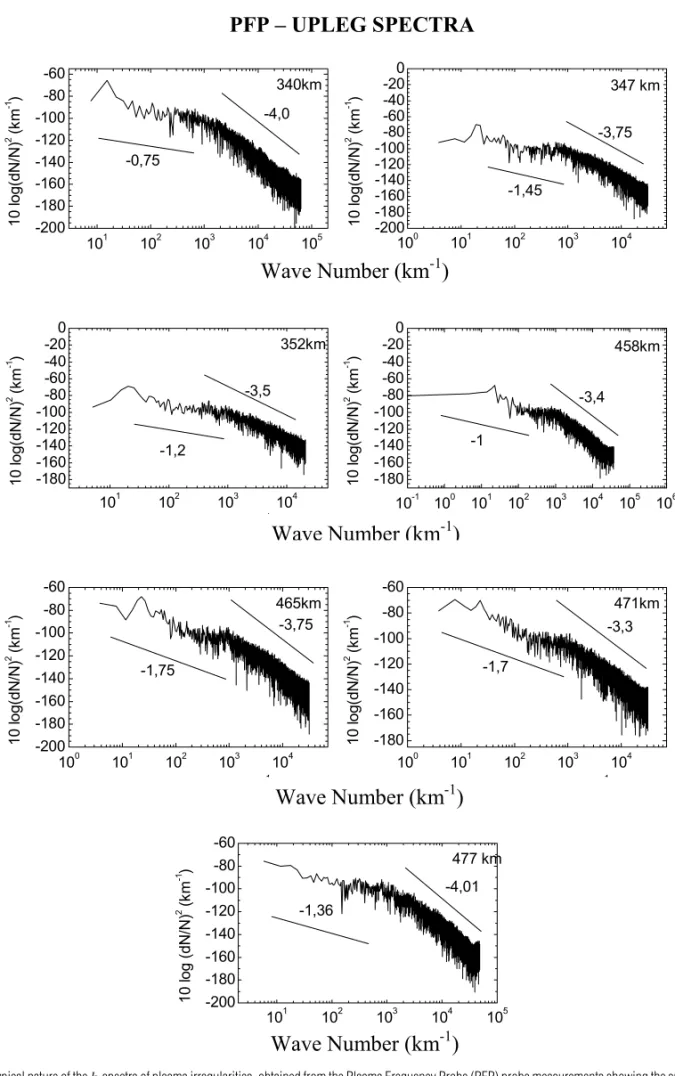SPECTRAL FEATURES OF E- AND F-REGION PLASMA IRREGULARITIES AS OBSERVED BY ROCKET-BORNE ELECTRON DENSITY PROBES FROM BRAZIL
Texto
Imagem




Documentos relacionados
The processing of the experimental data showed, that more than triple of current density increase in the probe for the new probe system - quadruplet of magnetic quadrupole lenses
This plasma en- try generates electron precipitation and patches of enhanced electron density and elevated electron temperature in the F2- region that are seen in IS radar data, as
Figure 2: (a) Linear calorimetric probe in front of the plasma torch arrangement; (b) the approximation to the radial distribution of the heat lux density used in the
Electron Density height profiles estimated from different ty- pes of experiments namely a High Frequency capacitance probe, a Langmuir probe and a Plasma Frequency Probe during
We have measured the electron temperatu- res and densities using a Langmuir probe for different gases and discharge regions (anode and cathode). These results are consistent with
The electron density profiles derived from the EFW and WHISPER instruments on board the four Cluster spacecraft reveal density structures inside the plasmasphere and at its
Second, electron density profiles measured with the EISCAT UHF radar in vicinity of the heating cycles are overcritical, and no E region topside at the altitude of the observed
Diurnal variations of the height-integrated electron density profiles at Millstone Hill derived from ISR (dotted) and Digisonde (thin line) measurements for January, March, June,


